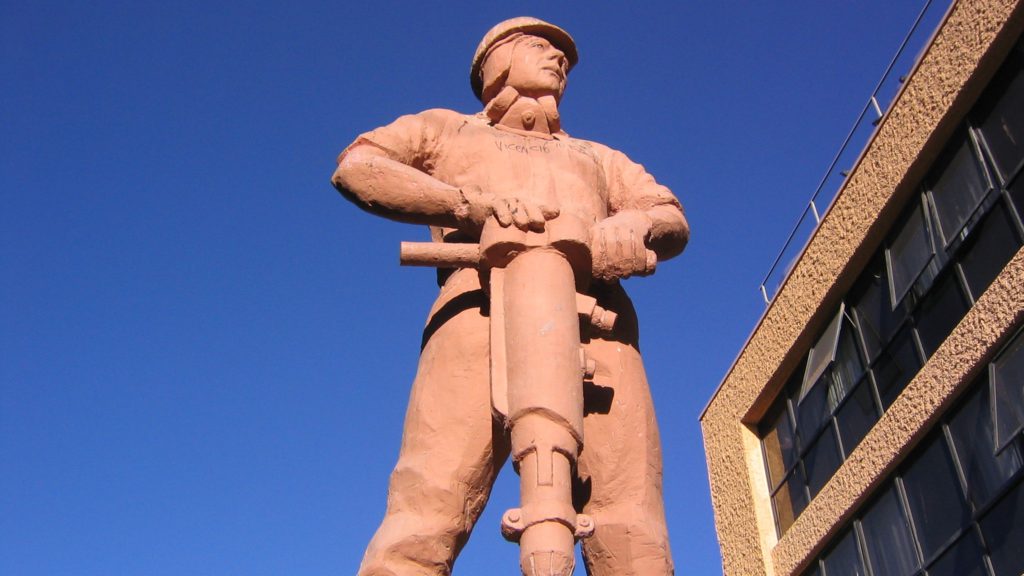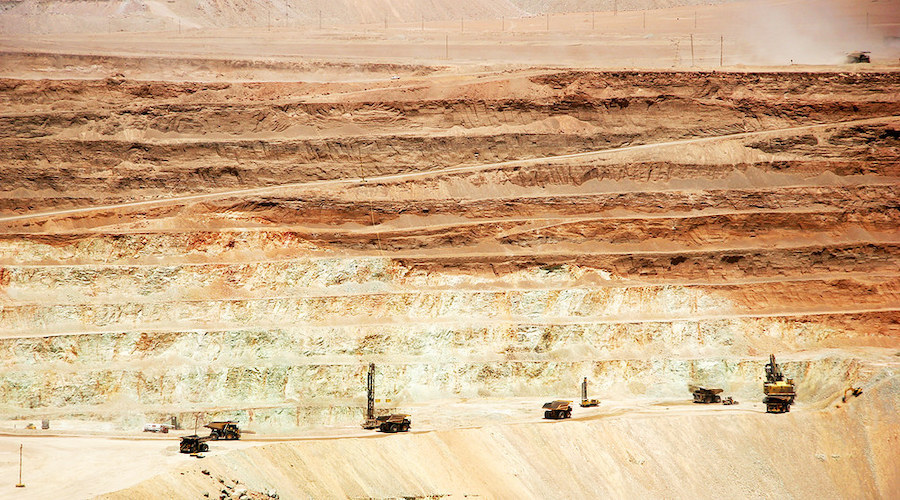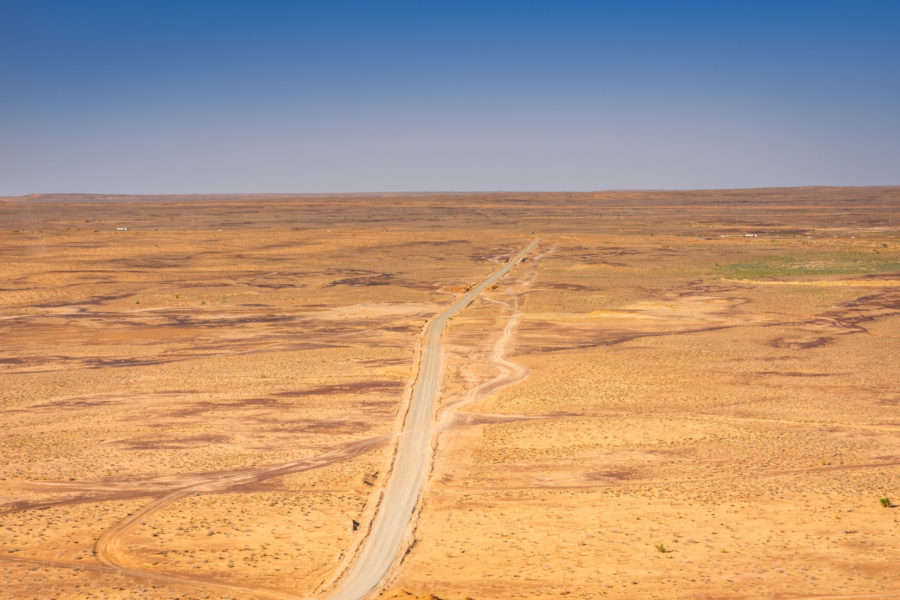Chile mining industry must improve safety standards, regulator says

Chile’s mining industry must improve its safety protocols to avoid fatal accidents like the two at state-owned Codelco, the world’s largest copper producer, earlier this month, the head of the mining regulator Sernageomin told Reuters.
David Montenegro, national director of Sernageomin, said that although progress has been made in the last decade, there needs to be a deeper change in the culture surrounding safety.
Montenegro pointed to the fact that around 45 people died in mining accidents 15 years ago while 12 died in 2021.
“So, although there is an improvement, we still need much more,” he said.
“Any accident, but especially accidents that end in fatality, is a failure, we did not do something, we did something wrong.”
He added that there were “deficiencies” and that the accidents could have been prevented.
In a parliamentary session this month, Montenegro pointed out flaws such as a lack of training and poor maintenance, at Codelco’s Rajo Inca project after a fatal accident led to a work stoppage.
The other death occurred at the Chuquicamata mine, where Codelco is transforming the century-old open pit mine into an underground mine. That death led Codelco to stop construction on all its projects.
“(In Salvador and Chuquicamata) there were warnings of risky conditions but at some point there was an oversight and what happened, happened,” Montenegro said.
Codelco told Reuters last week that operational activities would resume “once the correct compliance with the security controls at each site has been reviewed.”
Despite the number of inspectors rising from 14 in 2010 to 63, who carried out 10,500 audits in 2021, Montenegro says the regulator has limited resources when it comes to monitoring the world’s largest copper producer.
“That means there’s a large amount of information that we have to process, therefore the resources are always going to be few,” Montenegro said.
Despite that, Montenegro said the regulator’s recommendations have been well-received by mining companies.
“Mining is a high-risk activity,” Montenegro said. “But as an industry we can say it’s where we’ve done the most risk prevention in recent years.”
(By Fabián Andrés Cambero and Alexander Villegas; Editing by Kirsten Donovan)
More News
Copper output from Codelco slips 6% in February
April 10, 2025 | 01:16 pm
Uzbekistan, US companies ink minerals deals
April 10, 2025 | 12:22 pm
{{ commodity.name }}
{{ post.title }}
{{ post.date }}




Comments